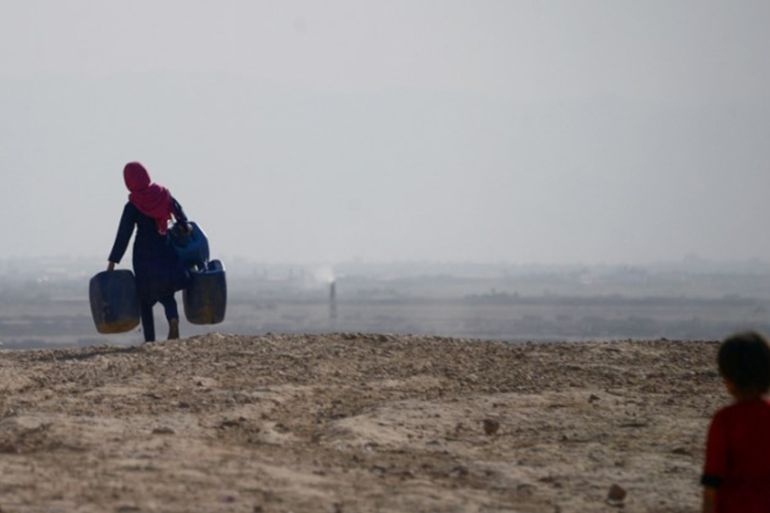Drought raises food security fears in Afghanistan
Harvests under threat as ongoing shortage of precipitation bites across the war-torn country.

A shortage of precipitation during the winter months, both rain and snow, left much of Afghanistan with a severe scarcity of water and a decimated winter harvest.
The situation has not improved during the drier spring and summer months, and the wheat harvest is likely to be the lowest since 2011, according to the Famine Early Warning Systems Network, set up by USAID in 1985.
Keep reading
list of 4 itemsInside the pressures facing Quebec’s billion-dollar maple syrup industry
Coral reefs around the world experiencing mass bleaching, scientists say
Mass evacuations as floods in Russia’s Kurgan region set to peak
The United Nations’ Humanitarian Coordinator in Afghanistan, Toby Lanzer, recently said: “If the authorities and the international community don’t step up to this challenge now, Afghanistan could face a calamity as we head into the next winter.”
The shortfall in wheat this year could be as much as 2.5 million tonnes. This would result in more than two million people facing food insecurity and being left in “desperate need” of humanitarian assistance within the next six months, the UN says.
Eating seeds
It has been reported tens of thousands of sheep and goats have died as pastures have turned to dust.
|
|
Farmers have been forced to eat seeds intended for planting for the next harvest. Nearly 15 million people are employed in the agricultural sector in the 20 provinces worst affected by the drought.
Afghanistan is no stranger to drought. According to analyses by the Asia Development Bank, localised droughts occur every three to five years, while major droughts have a return period of nine to 11 years.
The last major drought was from 2008 to 2010. This ended with heavy snowfall during 2012.
The current drought may be partly linked to last year’s La Nina, which tends to result in hotter, drier conditions across Central Asia. With the possibility of an El Nino event developing towards the end of this year, there may be some improvement in the drought situation.
For the majority of Afghanistan’s farmers, that cannot come too soon.